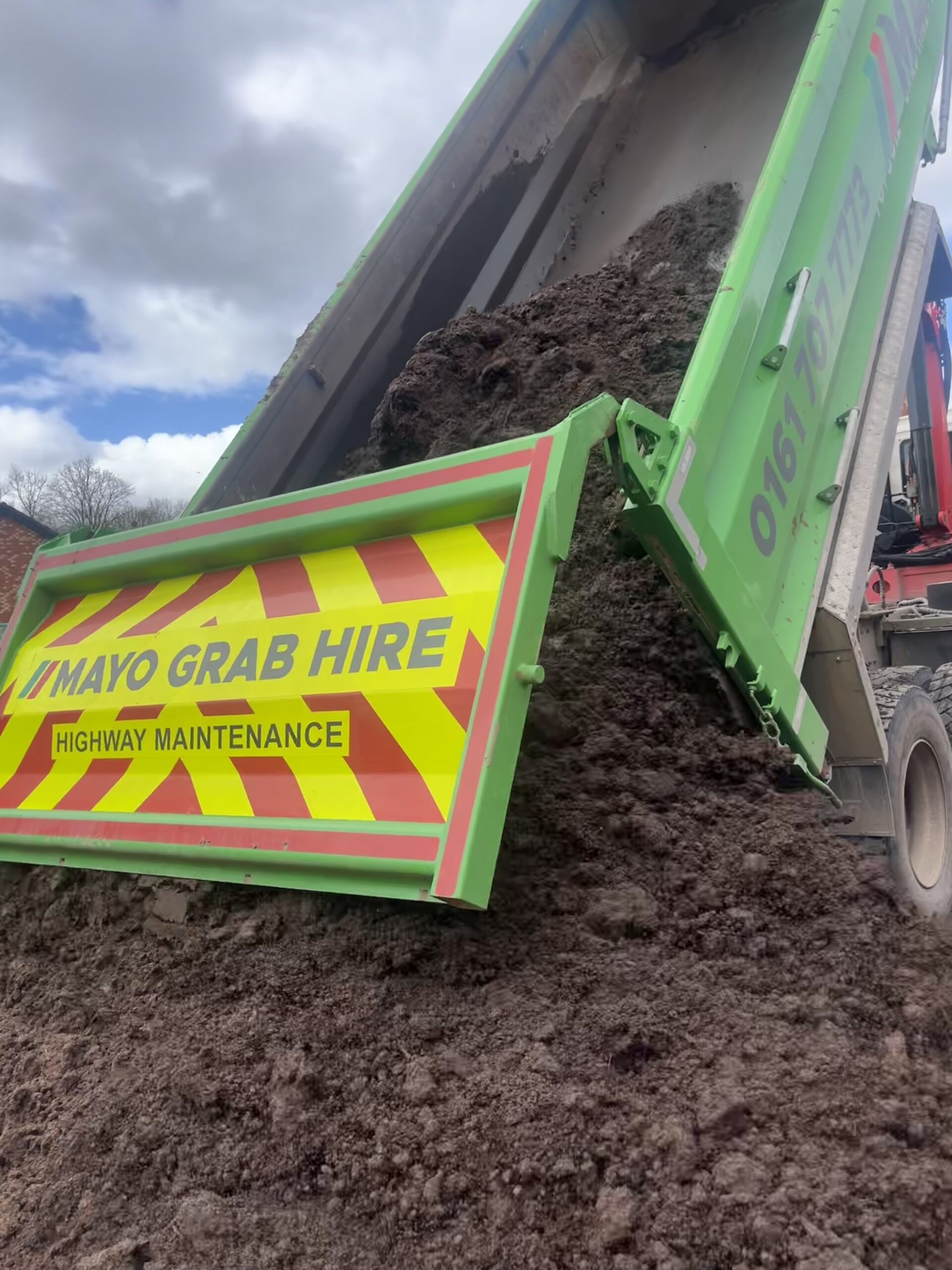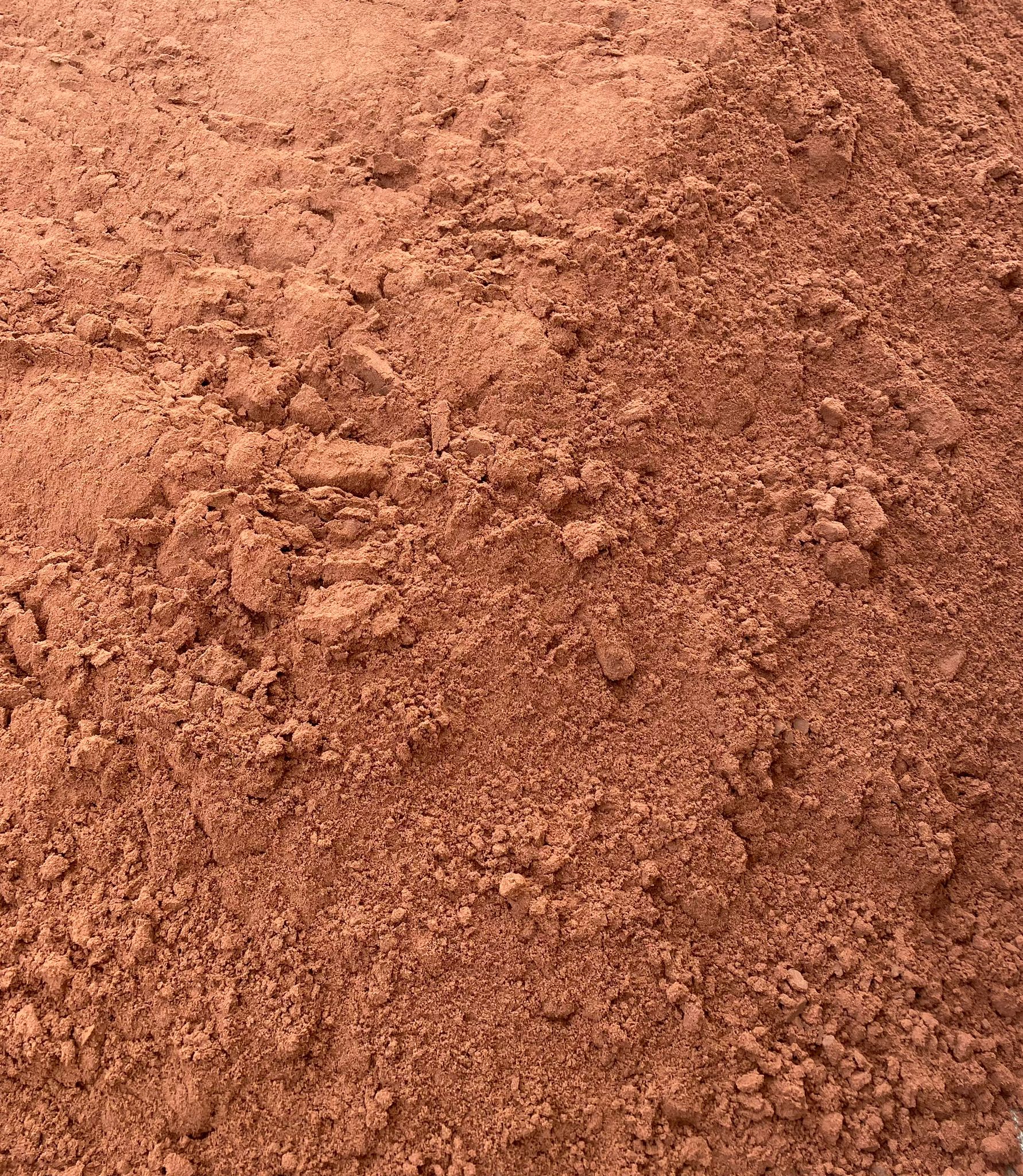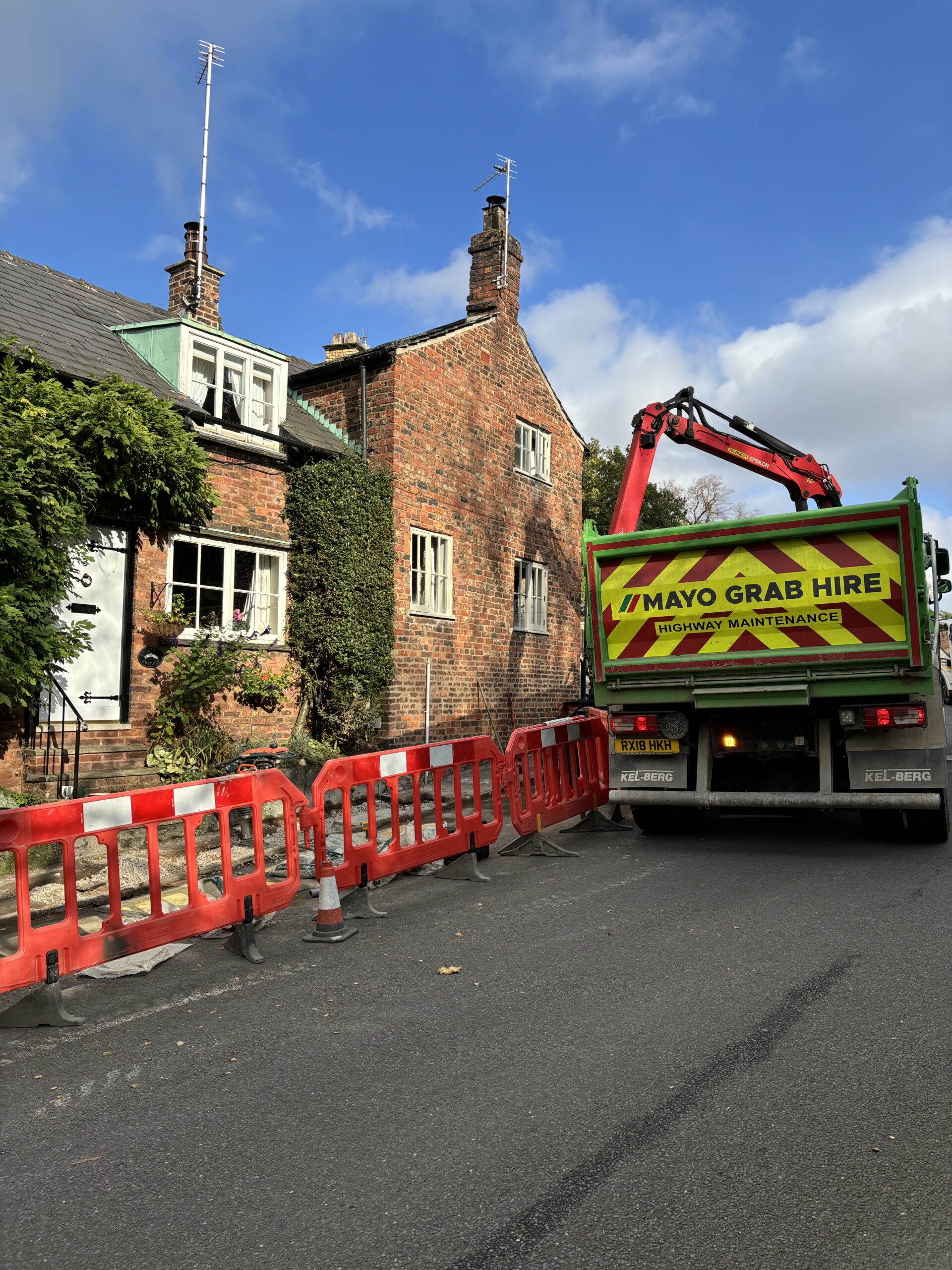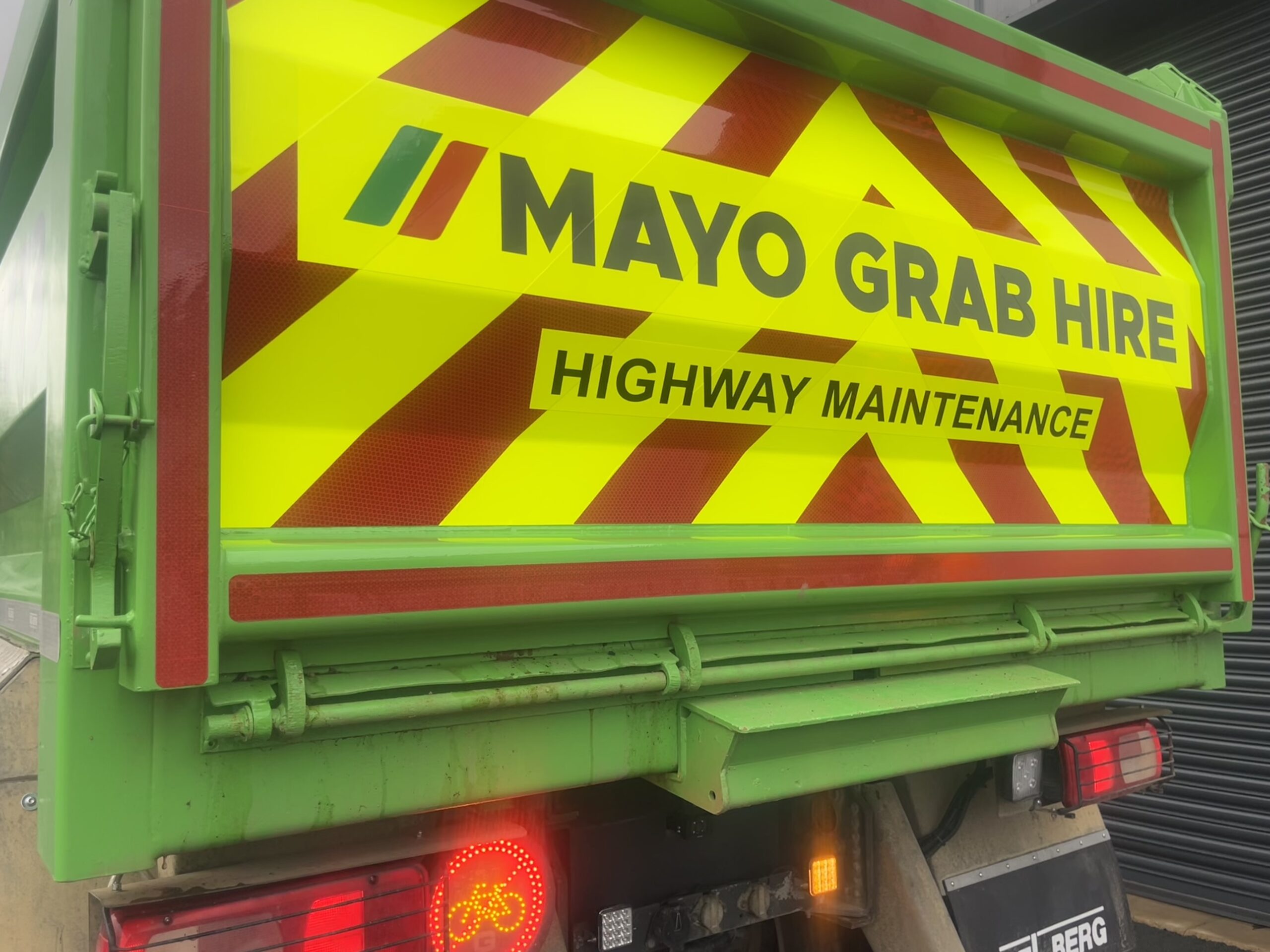
Menu

Topsoil is essential to any gardening or landscaping project. A good topsoil will help plants grow and ensure a garden looks the part.
Let’s unearth how to give your garden a great look with consistency by understanding all the key things to know.
Topsoil is the uppermost layer of the earth’s surface, usually the top 5 to 20 centimetres of soil. It’s formed over many years through weathering, erosion and other biological activities.
Wind and rain break rocks into smaller pieces, and these particles are carried away and deposited in a new location. As plants grow and die, their leaves and roots collect on the soil. Bacteria, fungi and earthworms break down the organic material, enriching the soil with nutrients naturally.
The result is soil packed with organic matter, nutrients and minerals, which is excellent for plant growth.
Topsoil contains all the nutrients needed for plants to thrive, so it is widely used in gardening and landscaping projects.
It’s better than regular potting soil, as it helps improve soil quality and is suitable for levelling uneven lawn surfaces. Topsoil has good water retention, helps with drainage and allows organic matter to decompose and improve soil structure.
There are several types of topsoil, each with its characteristics and benefits for various landscaping and gardening projects.
The type of topsoil you choose depends on your project needs. We’ll cover how to pick the suitable topsoil later in this guide.
Topsoil is different from regular garden or potting soil. These soil types often have extra items to make them soft and fluffy. They help grow container plants but don’t hold together well in garden beds. This is because potting soil is too lightweight to retain moisture effectively.
Topsoil prices vary depending on the quality, quantity, and the supplier’s location. You’ll also have to consider delivery costs, especially when ordering a large amount of topsoil. Here at Mayo Stone Supplies Ltd, based in Salford, Manchester, we offer competitive prices along with a delivery service we pride ourselves on and have done for many years.
Topsoil is usually measured in tonnes or litres, at roughly 900 litres to one tonne. Measuring the space is essential to avoid overspending and wasting topsoil. Soil calculators then help determine how much topsoil you’ll need.
As a landscape gardener, incorporating topsoil in your projects ensures that your gardens are beautiful and functional. Some benefits of topsoil include
With several types of topsoil available, choosing the right one can be challenging for a beginner landscape gardener or DIYer. Picking the best topsoil for your project ensures your customer enjoys thriving plants and a healthy garden.
Here are some tips on how to choose the right topsoil.
Look at the type and quality of the existing soil, analysing the pH level, texture, and nutrient content. You’ll want to pick a topsoil that complements and enhances the current soil. If the current soil is heavy, you’ll want to choose lighter topsoil. If your soil is sandy, choose topsoil that retains moisture. We recommended our Certified BS3882 Soil for most garden and landscaping projects.
If you are a landscaper or contractor, chat with your customer to find out how they will use the garden.
Fruit and vegetables like a healthy amount of organic matter, while acid-loving plants will benefit from a slightly acidic topsoil. Screened topsoil (sieved to remove larger debris) is better if they want a more even surface.
Loam soil is a good choice for plants requiring heavy watering and aeration, ideal for beds and borders. However, a silt-based mixture is recommended for levelling a lawn or preparing the ground to lay new turf. This soil type is lighter, easier to move and offers good drainage.
Only buy topsoil from a reputable supplier, like Mayo Stone Supplies Ltd, ensuring it’s certified and free from contaminants, such as heavy metals and pesticides. Official soil certifications indicate the topsoil has been properly tested and meets quality standards. We proudly offer our Certified BS3882 Soil with a fast efficient and reliable delivery service across Greater Manchester, Salford, Stockport, Altrincham, Wilmslow, Lymm, Oldham, Ashton, Stalybridge, Rochdale, Bury, Bolton, Ramsbottom, Horwich, Irlam, Warrington.
Organic matter is essential for soil fertility and plant growth. Choose high-quality topsoil with a large percentage of composed materials, manure or leaf litter. If you’re not really sure what topsoil to use, speak with an experienced gardening professional. They can assist you in choosing the best type of topsoil depending on your customer’s gardening goals, climate, and soil conditions.
It’s best to apply topsoil in the spring or autumn so the nutrients have time to break down into the soil. While most gardeners prefer to apply topsoil before planting, you can add topsoil to garden beds by filling in the holes where shrubs are planted. Spreading a layer of topsoil over the garden before or after planting is also OK.
Before applying your topsoil, you should use landscaping tools to prep the area by removing weeds and debris and breaking down compacted topsoil. This will help create a smooth surface for the topsoil.
Add the topsoil by spreading it evenly across the garden bed. Use a rake or shovel to distribute it, taking care not to overload the soil, as this can create drainage problems.
A garden fork or tiler helps to mix the topsoil with the existing soil, ensuring that nutrients are evenly distributed.
Once the topsoil has been spread and incorporated, you can begin planting the garden. Advise the customer if you’re a landscaper to water the plants thoroughly during the first few weeks to help them establish.
You may also wonder how to apply topsoil over an existing lawn. This process is known as levelling and helps make a garden neat.
First, find any low spots. These may be areas that are sunken or have poor drainage. Mowing the grass and removing debris can make these spots easier to see.
Spread the topsoil over the low garden, focusing on those low points. Use a garden rake to smooth the soil and create an even surface.
Watering the newly laid soil helps it settle and compact, further levelling it.
Once the topsoil has settled, you can reseed the lawn to fill bare patches. For best results, use a fertiliser designed to promote lawn growth.
To help establish the soil and encourage growth, homeowners must regularly water the newly levelled garden during the first few weeks. Watering helps the grass roots grow deep under the surface and create an even lawn.
To work out how much topsoil you need, measure the dimensions of the area you wish to cover and multiply this by the required depth.
A good rule of thumb is to add a layer of topsoil around 3–6 inches deep. This gives the turf and plants enough soil to root in.
One tonne of topsoil will generally cover around 22 cubic feet, 0.63 cubic metres, or 0.81 cubic yards. You can use this to determine how many bags of topsoil you need for your project. Online topsoil calculators can also work this out for you based on the area and depth you enter or simply call our Mayo Stone topsoil team on 0161 707 7773 or email info@mayostone.co.uk.
Better quality topsoil helps plants grow and keeps gardens looking neat.
Before finishing your landscaping project, you should advise your customers on the best ways to look after and improve their topsoil so that they can enjoy the benefits for longer.
You’ll hopefully now have a good understanding of topsoil, including the different types, its benefits, how to use it, choose the right one, and maintenance advice.
Topsoil is integral to most landscaping projects, so knowledge is crucial before starting a new job and Mayo Stone Supplies Ltd is your locally supplier in Greater Manchester on 0161 707 7773.





